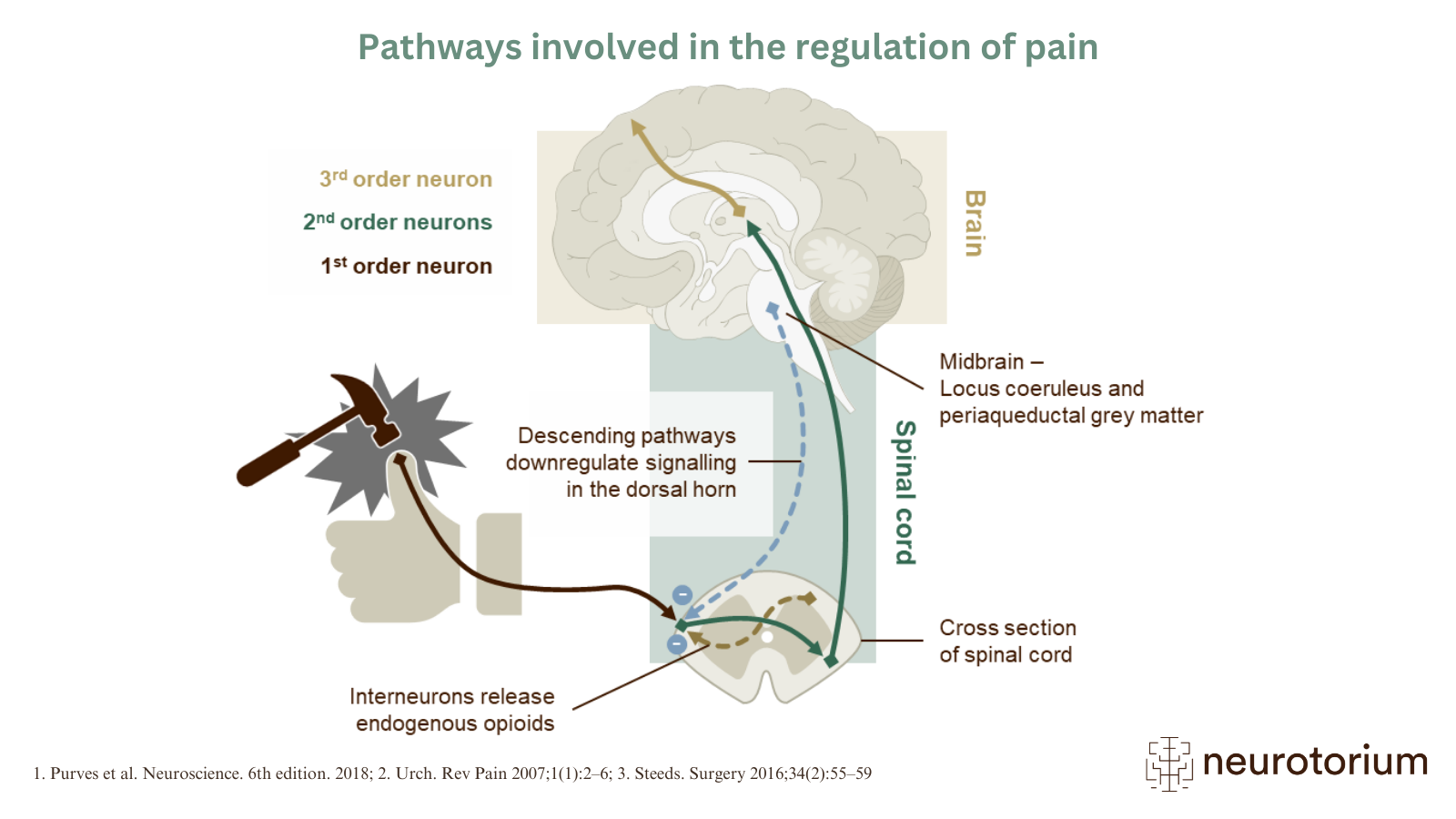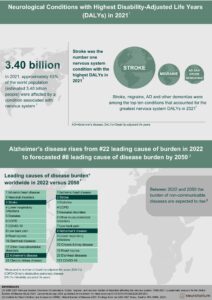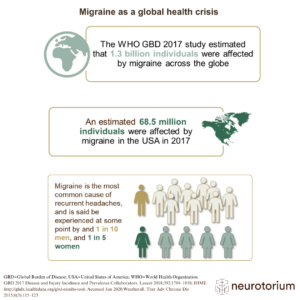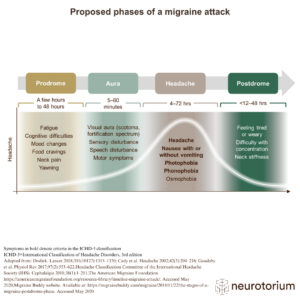The ascending pathway, which transmits sensations of pain to the brain, is regulated by neurons that descend from the brainstem – the descending pathway.1 These noradrenergic and serotonergic neurons downregulate the activity of neurons of the dorsal horn, thereby modulating the feeling of pain.1
Read more about regulation of pain in migraine.





